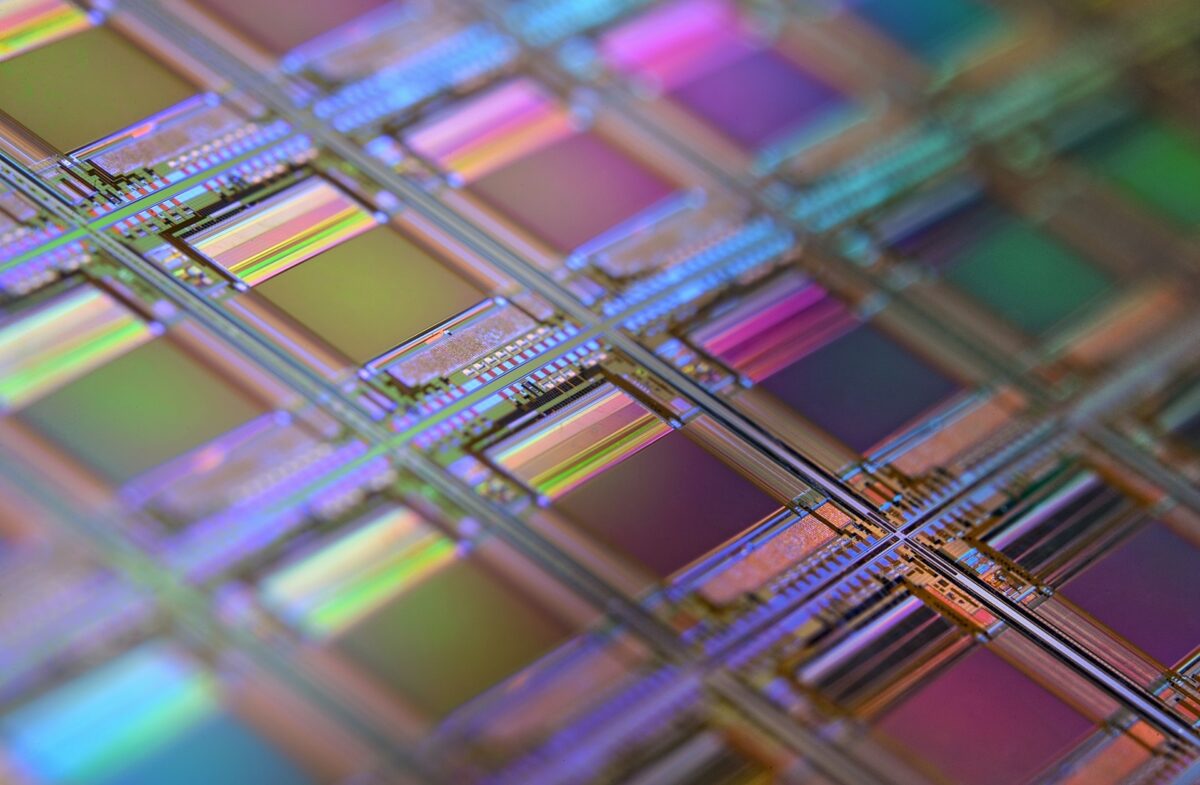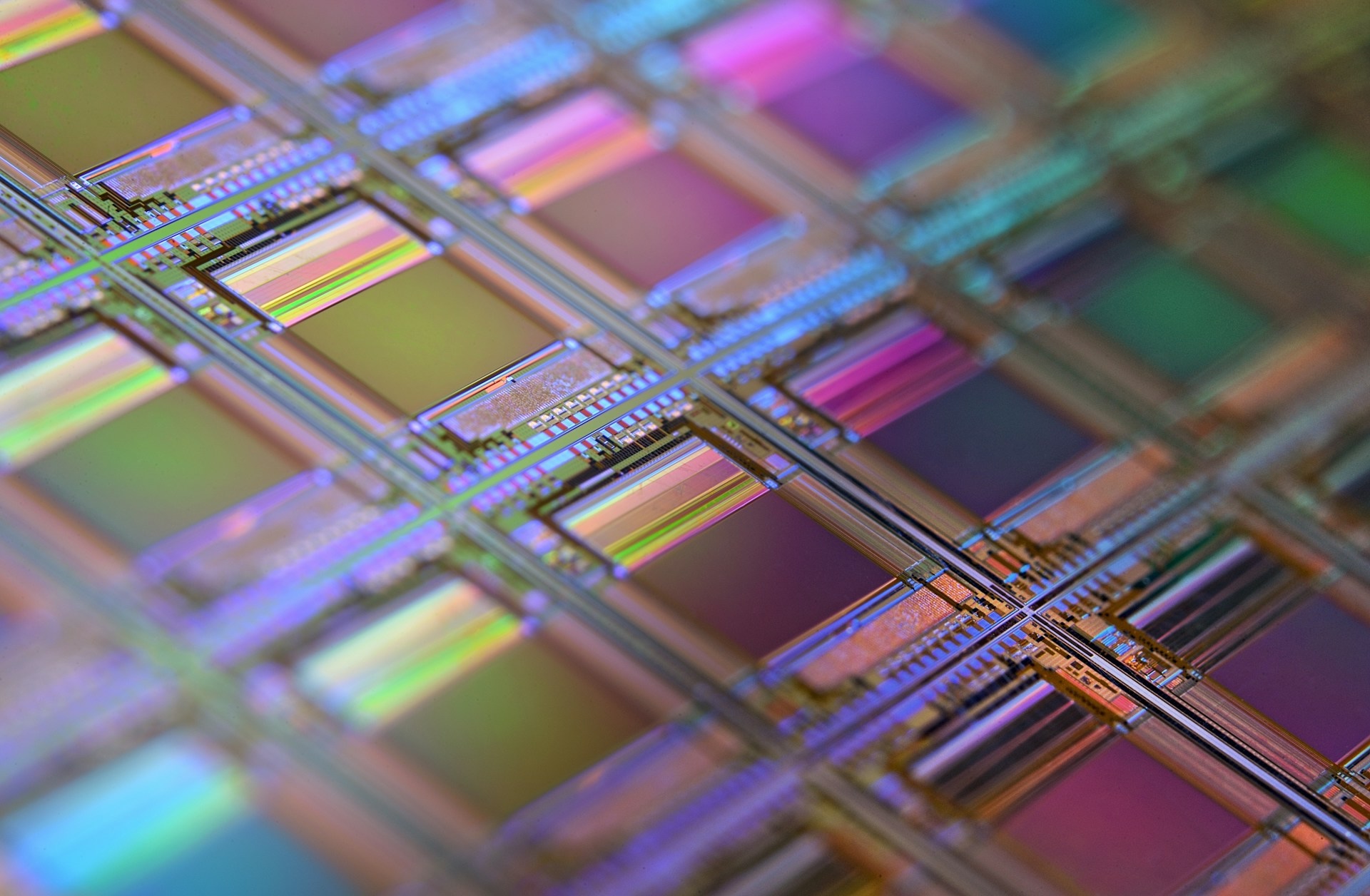In recent years, several research advancements have made optical computing more viable than ever before. Optical computing, or light-based computing, uses photons instead of electrons to carry data. Since photons have a higher bandwidth, an optical computer could theoretically be faster than electron-based classical computers.

How Computer Chips Work
At the heart of most electronics is a chip made from a semiconductor material, typically silicon. In classical computers, the main chip is your CPU. While the GPU handles graphics and RAM manages short-term data allocation, the CPU runs the machine’s OS and executes every hardware and software instruction. That means the CPU is vital for working or surfing the web on your computer.
Without them, using computers for the most basic functions would be impossible, and many online industries wouldn’t exist as a result. For example, online industries like iGaming rely on their customer base using working computers. They also use chips on the backend, integrated into their servers, to support the slot titles available at Betfair and other products/services hosted online by businesses. Today, even smart appliances like refrigerators and toasters rely on computer chips for more advanced tasks than their basic mechanical functions.
Inside every modern chip is a very complex set of circuits that use transistors to send signals throughout its device. Silicon is widely used due to its rare electron structure that makes it ideal for processing a lot of data faster than other materials. Slowly, researchers have been trying to replace traditional hardware with optical alternatives that could work even faster and use less power. We already use light-based data transmission today since that’s what fiber-optic cables are, explained here by How Stuff Works. However, we haven’t made optical processing a reality for consumers yet.
Creating Light-Based Chips
Just like quantum computing, optical computing has been carried out in controlled environments and for specific use cases. Previous iterations of light-based hardware have been tested in American and Finnish universities, using silicon but also exploring crystalline materials that are better for harnessing light waves. The Aalto University in Finland made a significant leap in late 2022, when they made optical logic gates using molybdenum disulphide crystals. Every chip circuit is filled with millions, sometimes billions, of logic gates that are key to managing its transistors.
Now researchers from Tsinghua University in China have created a light-based chip called Taichi. It doesn’t just claim to be more efficient than previous hardware, but also powerful enough to support future AI. The chip aims to support AGI in the future, where an AI is so sophisticated that it’s as smart or smarter than a human being. Many tech giants are interested in pursuing AGI, including Amazon as part of their AWS division.
<blockquote class=”twitter-tweet”><p lang=”en” dir=”ltr”>Researchers have made a breakthrough in developing Taichi, a large-scale photonic chip aimed at advancing <a href=”https://twitter.com/hashtag/AGI?src=hash&ref_src=twsrc%5Etfw”>#AGI</a>! The chip overcomes capacity & scalability limitations & enables efficient production of high-fidelity AI-generated content. <a href=”https://twitter.com/hashtag/InnovativeTsinghua?src=hash&ref_src=twsrc%5Etfw”>#InnovativeTsinghua</a> <a href=”https://t.co/4mdR90F4ai”>https://t.co/4mdR90F4ai</a> <a href=”https://t.co/0TaRIrjl0N”>pic.twitter.com/0TaRIrjl0N</a></p>— Tsinghua University (@Tsinghua_Uni) <a href=”https://twitter.com/Tsinghua_Uni/status/1779487298360336846?ref_src=twsrc%5Etfw”>April 14, 2024</a></blockquote> <script async src=”https://platform.twitter.com/widgets.js” charset=”utf-8″></script>
Taichi debuted in a peer-reviewed paper published by Science, where its researchers claim that it’s 1,000x more energy efficient than Nvidia’s H100 GPU chip. The H100 GPU has become a favorite for those managing generative AI tools since they first went mainstream in 2023. During testing, the Taichi chip could recognize images and perform many of the same tasks that OpenAI’s ChatGPT and other gen AI models have been trained to do.
That’s because the chip uses photonic integrated circuitry. Using light for data processing made the circuit more powerful than its electronic counterparts, as theorized. The higher-bandwidth light carries more data in the same timeframe while having lower power consumption. The energy demand for AI has been a concern for industry professionals, but using light-based computing may be the key to bringing costs down. Taichi’s researchers stressed that, while they were focused on AI applications, their breakthroughs in photonic circuitry have a very wide range of computing applications.
Categories
Tags
- artificial intelligence
- Artificial intelligence (AI)
Author
Gaston La-Gaffe
Gaston is a Belgian writer born in 1975. He writes on various subjects, Health, Fashion, Technology, CBD and Art for various publications including Spirou. He is based in Brussels.

Wanda Parisien is a computing expert who navigates the vast landscape of hardware and software. With a focus on computer technology, software development, and industry trends, Wanda delivers informative content, tutorials, and analyses to keep readers updated on the latest in the world of computing.


